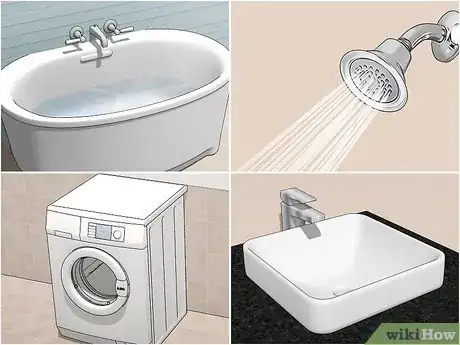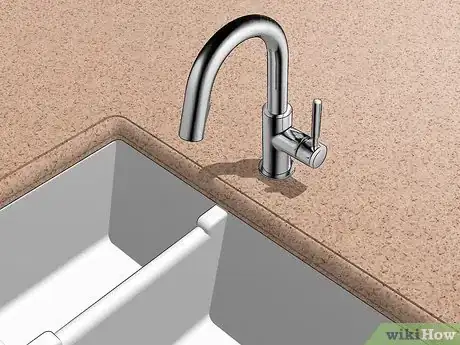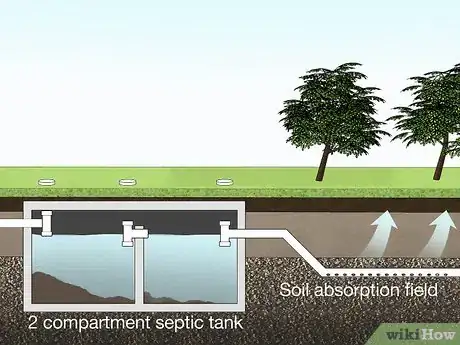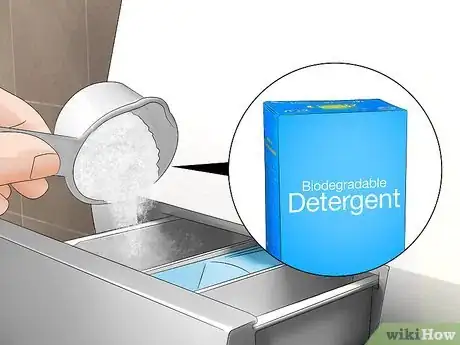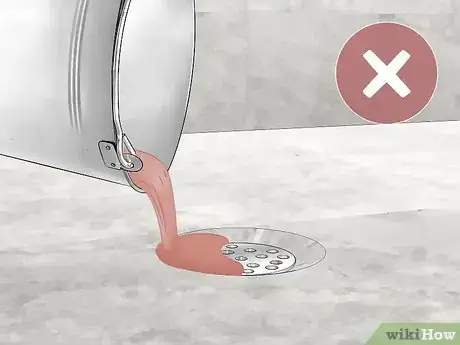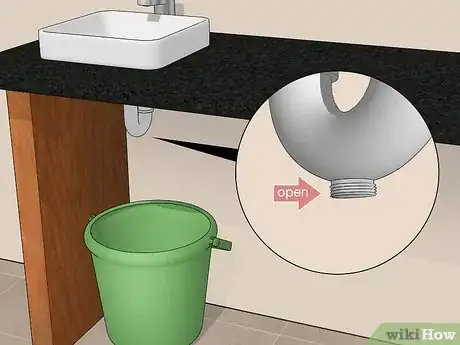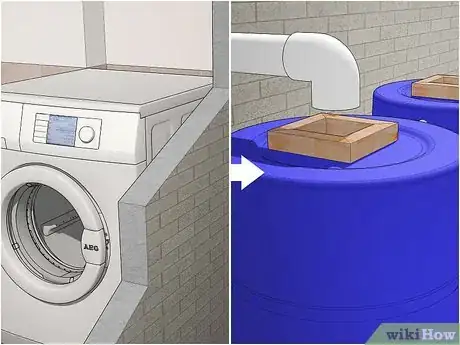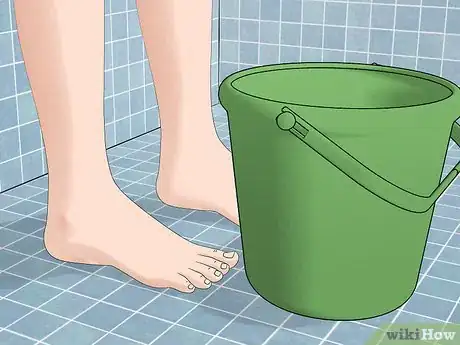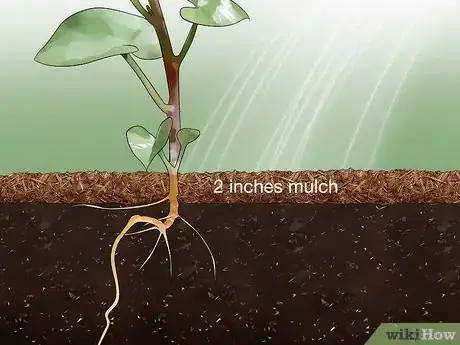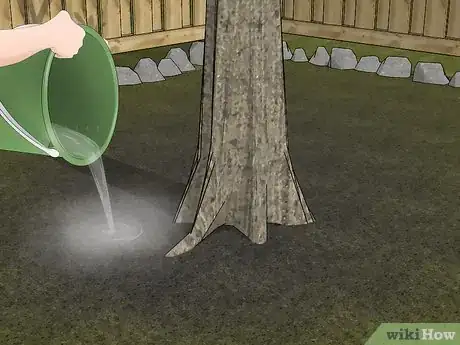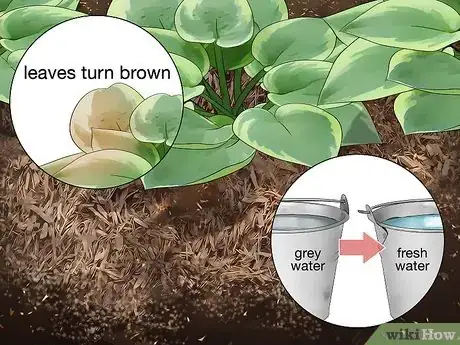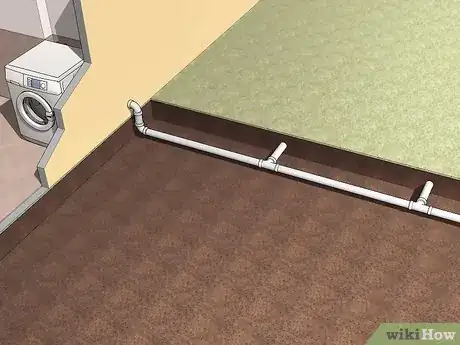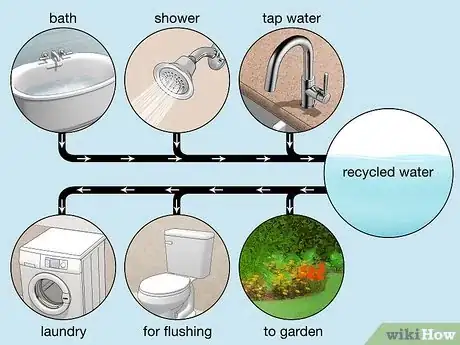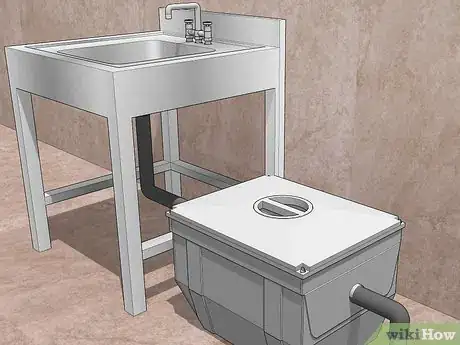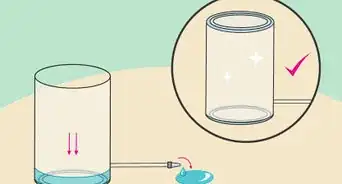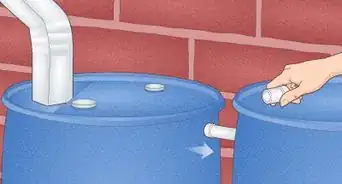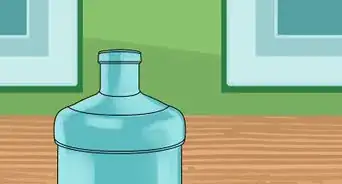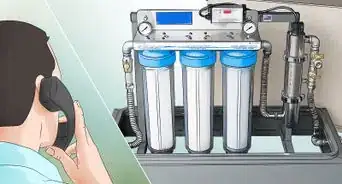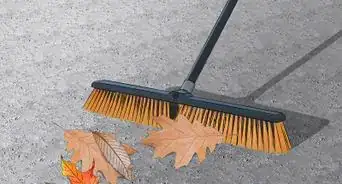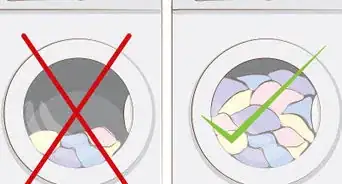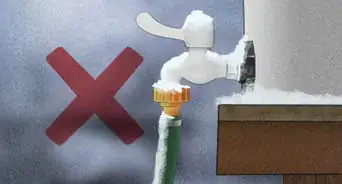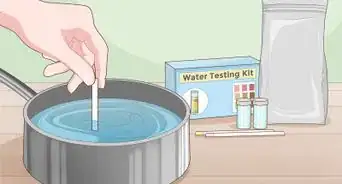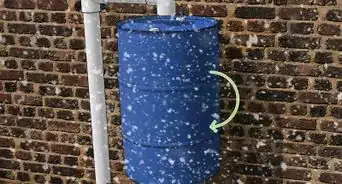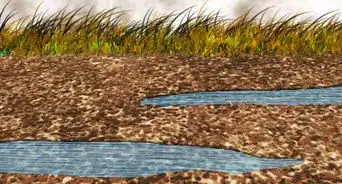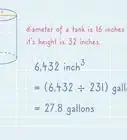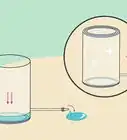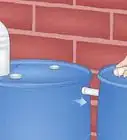This article was co-authored by wikiHow staff writer, Hannah Madden. Hannah Madden is a writer, editor, and artist currently living in Portland, Oregon. In 2018, she graduated from Portland State University with a B.S. in Environmental Studies. Hannah enjoys writing articles about conservation, sustainability, and eco-friendly products. When she isn’t writing, you can find Hannah working on hand embroidery projects and listening to music.
There are 7 references cited in this article, which can be found at the bottom of the page.
This article has been viewed 7,764 times.
Learn more...
Wastewater is any water in your home that is no longer clean. The water from your bathroom sink, washing machine, and shower can be reused in your home and garden right away. You can stick with filling buckets or rain barrels full of wastewater and using them on your own, or you can install a filtration system for a more intricate method of reuse. Although it can seem like a lot of work, reusing wastewater is great practice for living sustainably and reducing pollution.
Steps
Identifying Wastewater
-
1Identify sources of greywater in your home. Greywater is water that has been used once before in your home that is not contaminated with fecal matter, oils, or fats. The most common sources of greywater include:[1]
- Showers and bathtubs
- Washing machines
- Bathroom sinks
-
2Find sources of clear water in your home. Clear water is the water that comes straight out of your taps before you add any soaps or contaminations to it. The water that you run while warming up the shower or the sink is a prime example of clear water. This water can be collected and reused safely without filtration.[2]
- Clear water is easy to use and collect because it does not have any added minerals or nutrients.
Advertisement -
3Avoid using dark or black water without a filtration system. Dark water has been contaminated with fats and oils and usually describes the water from your kitchen sink. Black water is water that has touched feces or blood and usually describes water flushed down the toilet. Never collect dark or black water without a professional filtration system.[3]
Tip: If you want to reuse dark or black water, hire a professional company to install the collection and filtration system.
-
4Use biodegradable detergent if you plan to collect from your washing machine. Sodium and chloride compounds are harmful to most plants and can affect your greywater use. If you plan on collecting greywater from your washing machine, avoid ingredients like bleach, boron, and sodium.[4]
- Never use liquid fabric softener in your washing machine if you plan to collect greywater. Liquid fabric softeners are not biodegradable and contain harsh chemicals.
-
5Avoid pouring dangerous chemicals down your drain. Gasoline, paint, or other harsh chemicals can make greywater less effective or even dangerous. Stop washing things in your bathroom sink, shower, and washing machine that come into contact with harsh chemicals.[5]
- Any water that comes into contact with blood or feces should not be collected or stored since it could be toxic.
Collecting Wastewater
-
1Pump greywater into buckets from your sink. Find the curved part of your sink pipe, or the sink trap, and disconnect the nut with a wrench. Remove the curved part of the pipe to leave an opening for the water. Place a bucket underneath the area that the water will drain. Instead of washing down the drain, the water is collected in easily-accessible buckets that you can use the same day.[6]
- Always use clean buckets that have not been used to hold chemicals to collect your greywater.
- Use greywater within 24 hours to prevent the spread of harmful bacteria.[7]
Tip: If you want to store your greywater passively, have a pump system installed in your home by a professional plumber.
-
2Collect greywater from your laundry with a rain barrel. Find the hose that connects to the back of your washing machine that drains the water. Disconnect the hose and put the end into a rain barrel so that the water drains into it for an easy greywater collection area.[8]
- You can find rain barrels at most hardware stores.
-
3Put a bucket in your shower to collect clear water. Clear water is the fresh water that comes out of your taps. As you warm up the shower to a comfortable temperature, place a bucket at the bottom of your tub to collect the fresh water that would have otherwise gone down the drain.[9]
- You can also use a bucket in your shower to collect greywater as you wash off as long as you use biodegradable soaps and shampoos.
Watering Your Garden with Greywater
-
1Add 2 inches (5.1 cm) of mulch to your garden before watering it. Since greywater has a lot of extra minerals in it, it has a tendency to clog air pockets in normal soil, which can suffocate the roots of your plants. Put down some mulch like wood chips, straw, or bark onto the area you plan to use greywater to prevent this.[10]
- Add more mulch whenever you start to see your soil layer again.
-
2Use greywater on plants that don’t need clean water. Bushes, trees, and large perennials are all great plants to water with greywater. This includes fruit trees, raspberry bushes, blackberries, and gooseberries.[11]
- It should never be used to water leafy green vegetables or vegetables that come into contact with soil, like potatoes.
- Greywater can raise the pH of soil, so avoid watering plants that like more acidic soil, like ferns and rhododendrons.
-
3Switch back to using fresh water if your plants show signs of distress. If the leaves of your plant turn brown, the branches start dying, or it stops growing, switch back to using fresh water. Greywater contains a lot of minerals that fresh water doesn’t, and the buildup can be too much for certain plants.[12]
- The buildup can happen over time, so continue to check on your plants even if you think they are doing well.
Installing Wastewater Reuse Systems
-
1Install a laundry-to-landscape system for the lowest maintenance. Laundry-to-landscape systems connect to your laundry hose and pump the greywater straight out from your home into the garden. Attach pipes to your washing machine hose and lead them outside to the garden for the water to flow straight into your soil.[13]
- Consult a greywater professional near you for installation.
- Laundry-to-landscape systems cost $150 to $300 for materials and an extra $500 to $2,000 for labor.[14]
Tip: These systems are legal to install in your home without a permit in most states.
-
2Put in a greywater collection system to reuse it in your home. Greywater reuse systems automatically collect and relocate the greywater back into your home. This involves a retrofit of your pipes and new additions to your plumbing. These systems also require annual maintenance by a professional.[15]
- Greywater reuse systems can cost anywhere from $3,000 to $6,000.
- Check with your local laws to make sure it is legal to install a greywater treatment system in your home.
-
3Consider treating your dark water if you have a limited water supply. Dark water has come into contact with grease and oil, but not feces or blood. This water requires treatment, usually through pressure or a fine filtration system, to be usable again. The filter will require a pipe retrofit in the area that you want to treat, which is usually the kitchen sink.[16]
- These treatment systems cost around $4,000.
- Dark water should not be used, even in the garden, before it is treated.
- Black water, or water that has touched feces or blood, should not be reused in your home.
Warnings
- Check your local laws to see if you need a permit before installing any wastewater collection system in your home.⧼thumbs_response⧽
- Always wear gloves when handling wastewater.[17]⧼thumbs_response⧽
References
- ↑ http://applications.emro.who.int/dsaf/dsa1203.pdf
- ↑ https://greywateraction.org/greywater-reuse/
- ↑ https://digitalcommons.usu.edu/cgi/viewcontent.cgi?article=1001&context=extension_curnat
- ↑ http://applications.emro.who.int/dsaf/dsa1203.pdf
- ↑ https://www.ncbi.nlm.nih.gov/pubmed/27689236
- ↑ https://greywateraction.org/greywater-reuse/
- ↑ https://greywateraction.org/greywater-reuse/
- ↑ https://greywateraction.org/laundry-landscape/
- ↑ https://greywateraction.org/greywater-reuse/
- ↑ https://greywateraction.org/greywater-choosing-plants-and-irrigating/
- ↑ https://greywateraction.org/greywater-choosing-plants-and-irrigating/
- ↑ https://greywateraction.org/greywater-reuse/
- ↑ https://greywateraction.org/laundry-landscape/
- ↑ https://greywateraction.org/laundry-landscape/
- ↑ https://www.yourhome.gov.au/water/wastewater-reuse
- ↑ https://www.yourhome.gov.au/water/wastewater-reuse
- ↑ https://greywateraction.org/greywater-reuse/
